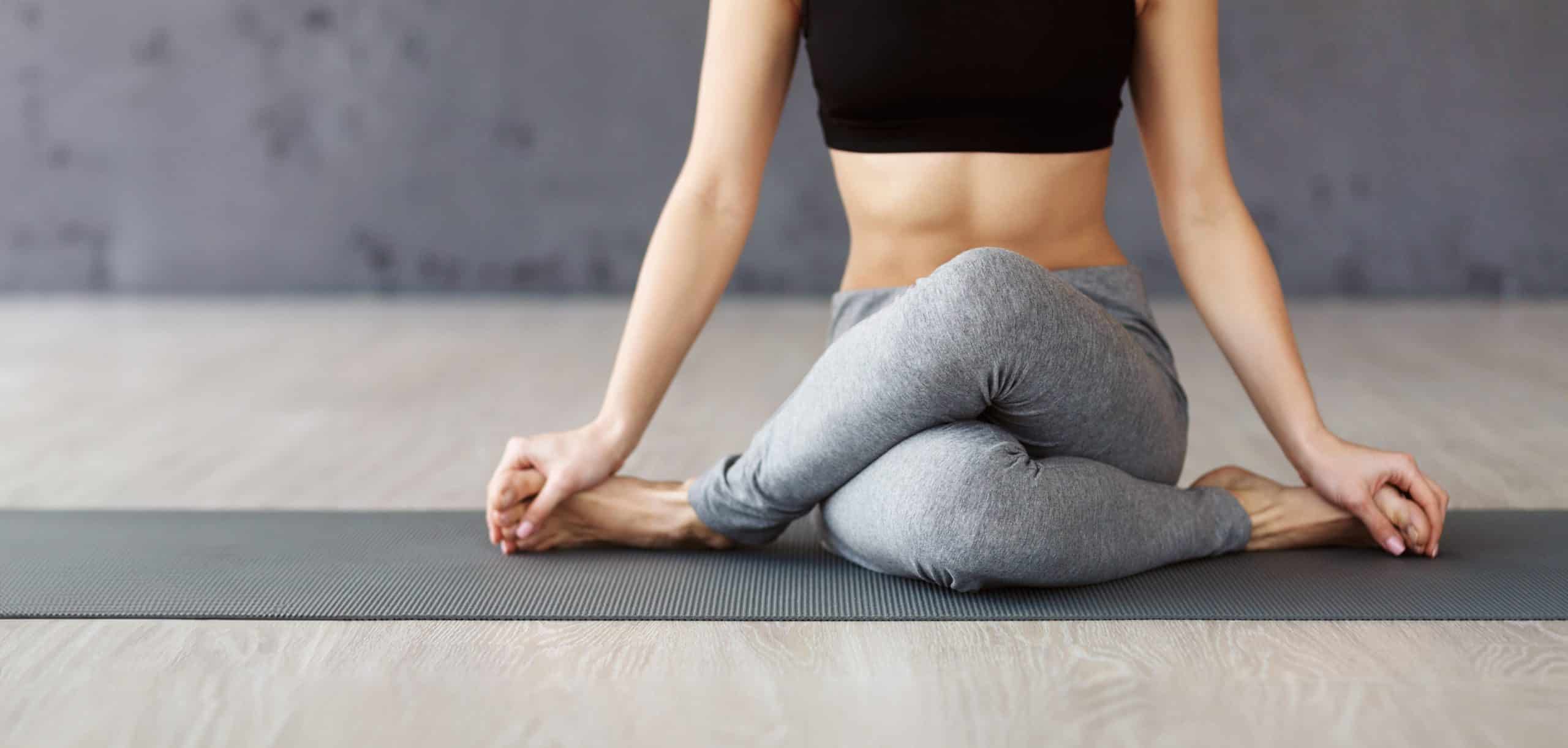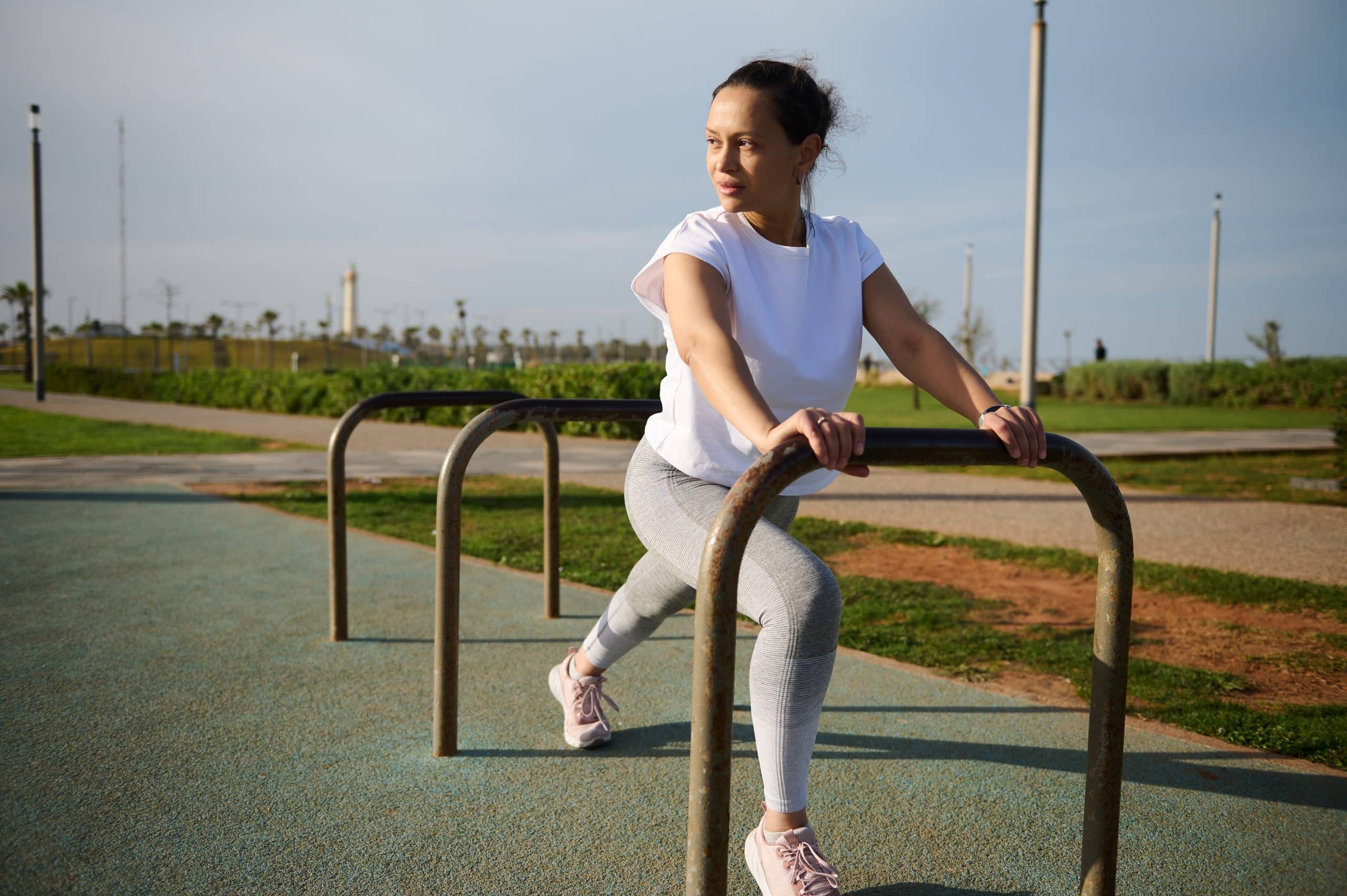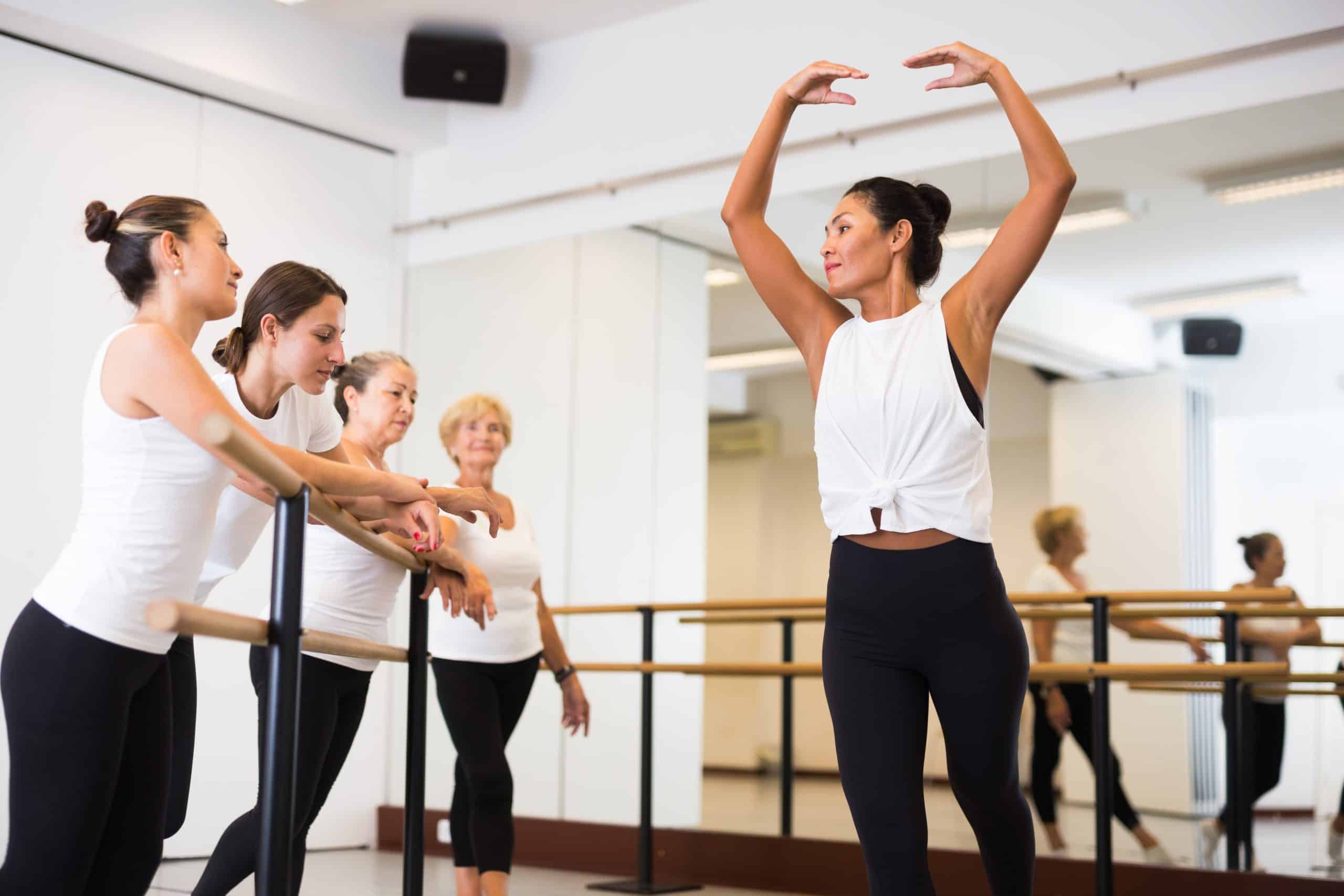Clinicians use several biomarkers to determine your health status. There are different biomarkers, such as DNA, antibodies, and total lung capacity. As for lung capacity, the higher it is, the better your lung health is reported to be. Question, how do you increase it? This guide reveals different techniques for increasing lung capacity and promoting better lung health.
What Is Lung Capacity?
Lung capacity refers to the volume of air in the lungs upon the maximum inhale (5). Some people may know it as total lung capacity (TLC). Among healthy adults, the average TLC is 6 liters (5). Note that different factors affect the different ranges of lung capacity among individuals. These include age, body composition, gender, and ethnicity (5).
Under age, evidence shows that lung capacity rapidly increases from birth to adolescence but hits a plateau when one is around 25 years (5). As for gender, males have been shown to have a greater lung capacity than females (5).
Underbody composition, taller individuals have a greater TLC than shorter ones. Similarly, those with a high waist-to-hip ratio have a lower lung capacity (5). When looking at ethnicity, evidence shows that people of African descent have a lower TLC than those of European descent (5).
But these are not the only factors that influence TLC. Other additional factors include chest wall deformities, level of physical activity, and respiratory diseases (5).
How Is Lung Capacity Measured?
Clinicians use the dilutional helium gas method, plethysmography, nitrogen gas washout method, or radiographically using a relatively new technique used by computed tomography (5). Methodically, you calculate lung capacity by measuring the lung’s inspiratory, vital, and functional residual capacity (5).
Read More: Why And How You Should Use Yoga Blocks In Your Practice
Why Is It Important To Know Your Lung Capacity?
Knowing your TLC is important because it helps your healthcare provider know more about the functioning of your lungs. For example, undergoing a TLC test can tell them if you have a lung condition and whether it is obstructive or restrictive (1).
For example, this test can reveal if you have chronic obstructive pulmonary disease (COPD). COPD is one of the diseases that significantly decreases your lung capacity and functioning. As a result, you experience breathing difficulties and shortness of breath (2).
Additionally, the test can help them understand if enough oxygen is getting into the blood, especially when performing heavy exercise (1). Lastly, evidence also suggests that measuring your TLC is a biomarker for your lung health (1).
Can Lung Capacity Be Increased?
From the outside looking in, increasing your lung capacity does you good by boosting your lung health. But can it be increased? You can improve your lung health and keep these organs stronger by performing several exercises to strengthen your lungs. Some of these include:
Diaphragmatic Breathing
Diaphragmatic breathing is also referred to as belly or deep breathing. As the name implies, this breathing technique highly engages the diaphragm, which does most of the heavy lifting when it comes to breathing (3).
This is a simple technique taught to patients with COPD or Gastrointestinal (GI) conditions (3). This technique aims to promote relaxation and help individuals manage stress caused by these conditions (3). But this is not the only benefit. Diaphragmatic breathing also has the following benefits (3):
- Reducing the heart rate and blood pressure
- Increasing blood oxygenation
- Decreasing muscle tension
- Bringing warmth to the hands and feet
- Improving concentration
- Increasing energy and motivation
- Strengthening the immune system
- Reducing the release of stress hormones
If you tend to let yourself off the hook, raise the white flag when things get tougher than you expected, send yourself on an unconscious binge-eating trip – BetterMe app is here to help you leave all of these sabotaging habits in the past!
How To Practice Diaphragmatic Breathing
This technique improves your lung health and benefits you in other ways, as seen above. Here is a step-by-step guide to help you practice this breathing technique (3):
- Lie or sit down in a comfortable place and then close your eyes.
- Place one hand on your chest and the other on your abdomen. Note that the only hand that should be doing the movement is the one on the bottom. Keep the top hand still or move it as the bottom one moves.
- Breathe in through your nose for around 4 seconds and feel your abdomen expand using your hand. Please note that you may feel slight tension when you breathe in the first few times.
- Hold your breath for two seconds.
- Slowly and steadily, breathe out through your mouth for at least six seconds. Remember to keep your mouth relaxed.
- Repeat for 5 to 15 minutes.
Also, note that you may experience some uneasiness or lightheadedness when first learning this breathing exercise. If this happens, quicken your breath. Additionally, after you are done with your session, take time to adjust to the surroundings instead of standing up too quickly (3).
Pursed-Lip Breathing
This is a technique that allows individuals to control their oxygenation and ventilation. In this technique, an individual must inhale through the nose and breathe out through the mouth at a slow controlled flow (7).
Note that the exhaling phase of respiration will prolong, unlike in the inhale to exhale ratio during normal breathing (7). The maneuver presents as a controlled breath through the nostril and an exhalation directed through lips, which assume a puckered or pursed appearance (7). Pursed-lip breathing helps you in the following ways (8):
- Releasing any air trapped in your lungs
- Improving your ventilation
- Keeping your airway open to make breathing easier
- Relieving shortness of breath
- Promoting relaxation
- Slowing your breathing rate by extending the time you exhale
Read More: Office Yoga: An Effortless Way To Work On Flexibility Throughout The Day
Pursed-Lip Breathing Technique
This breathing exercise is particularly important when feeling short of breath (8). Similarly, WebMD acknowledges that you can do this exercise when doing difficult activities, such as bending, climbing stairs, or lifting something heavy (8).
You can also do it anytime you feel anxious to help you calm down. Here are the steps you should take to master this breathing technique (8):
- Start in a sitting stance and then drop your shoulders down. Relax and close your eyes.
- Breathe in through your nose for two seconds.
- Pucker your lips as if you are about to blow on something like a balloon.
- Breathe out slowly through your pursed lips for four to six seconds without forcing the air out.
- Repeat until you gain control of your breathing.
To help you master this technique, WebMD recommends performing this technique four to five times daily. But that is only until you can easily manage your breathing pattern (8).
Additional Tips On How To Keep Your Lungs Healthy
You probably know that many people hardly pay attention to their lung health, which is why they cannot speak of ways to maintain healthy lungs. Besides training lung capacity through different breathing exercises, you can also take care of your lungs by:
-
Avoiding Smoking
Cigarette smoking is bad for your lungs because it is associated with lung cancer and COPD, including emphysema and chronic bronchitis (6). In addition, when you smoke, your air passages become narrow, making breathing difficult.
As a result, you experience chronic lung inflammation, eventually leading to chronic bronchitis (6). Over time, smoking cigarettes destroys your lung tissues, which may trigger cancer (6). So, it would be best to avoid smoking to maintain healthy lungs.
-
Exercising
The list of the benefits of exercise are endless. Regardless of your body type, age, and gender, taking up an exercise program would be a great idea. Besides helping you keep fit, exercise also helps you keep your lungs healthy and diseases like COPD at bay.
BetterMe app is a foolproof way to go from zero to a weight loss hero in a safe and sustainable way! What are you waiting for? Start transforming your body now!
Getting Regular Check-Ups
Many people fear going in for regular check-ups, for fear of the unknown. But the benefit of regular check-ups is to help you prevent diseases, rather than treating them when it is too late. That is particularly true for lung disease because it can sometimes go undetected until it is severe (6). Make an effort to go for regular check-ups because prevention is better than cure.
-
Preventing Infection
Infections, especially those that are respiratory, may damage your lungs, especially if they become serious. It would be best to take up preventative measures against infections. Some of such measures include (6), (4):
- Wash your hands regularly with soap and water. You can always use an alcohol-based cleaner when you are not in a position to wash your hands.
- Maintaining good oral hygiene as germs in your mouth can cause infections.
- Avoid crowds or masses during the flu or cold season.
- Keeping to yourself when sick to protect those around you.
- Covering your mouth during a cough or sneeze.
- Washing and bandaging all cuts.
- Keeping personal items such as handkerchiefs and napkins away from direct contact with other people.
The Bottom Line
Lung capacity is a biomarker for lung health. A healthy average adult has a total lung capacity (TLC) of 6 liters. Anything below this proves you need to work on improving your TLC. Some ways to increase lung capacity entail working on your breathing.
Consider breathing techniques such as diaphragmatic and pursed-lip breathing. Additionally, consider keeping your lungs healthy by exercising regularly, going for check-ups, and quitting or avoiding smoking.
DISCLAIMER:
This article is intended for general informational purposes only and does not address individual circumstances. It is not a substitute for professional advice or help and should not be relied on to make decisions of any kind. Any action you take upon the information presented in this article is strictly at your own risk and responsibility!
SOURCES:
- Breathing and lung function tests (2020, blf.org.uk)
- COPD (Chronic Obstructive Pulmonary Disease) (2021, webmd.com)
- Diaphragmatic Breathing for GI Patients (2022, uofmhealth.org)
- How to prevent infections (2021, health.harvard.edu)
- Physiology, Lung Capacity (2021, ncbi.nlm.nih.gov)
- Protecting Your Lungs (2021, lung.org)
- Pursed-lip Breathing (2021, ncbi.nlm.nih.gov)
- What to Know About Pursed-Lip Breathing (2021, webmd.com)
















